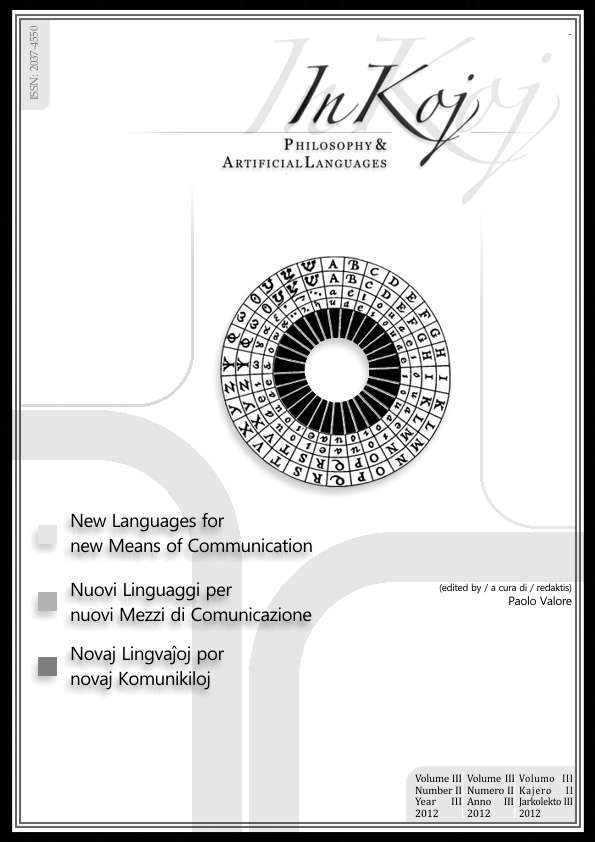L’espéranto et sa phraséologie: un processus d’humanisation
DOI:
https://doi.org/10.13130/2037-4550/2381Abstract
125 years after its first publication, the international language Es-peranto is not only alive and well, but the number of its speakers is on theincrease. While globalization has often been blamed for the demise of minority languages and dialects, this phenomenon has actually been advanta-geous for Esperanto. Thanks to radio and television, newspapers, magazines,and above all, the Internet, Esperanto speakers from all over the world areable to contact one another and make use of the language. Just as in the pasttelevision contributed to the development of Italian as a national language,in the same way the modern means of communication, in addition to nume-rous international conferences and other events, have contributed to the de-velopment of new idioms in Esperanto, putting into effect what the authorsdescribe as a genuine “process of humanization”. In this article the authorslist over a hundred idiomatic expressions in Esperanto, comparing them witha similar number of expressions from English, French, Italian and modernGreek. It can clearly be seen how Esperanto tends to adopt expressions whichare widely used at the international level, expressing them in the simplest andmost logical form. Since many of them are Biblical or literary in origin, andare shared by numerous languages and peoples, they can be understood atonce, even when the languages are not closely related.Downloads
Published
2012-09-30
Issue
Section
Articles


